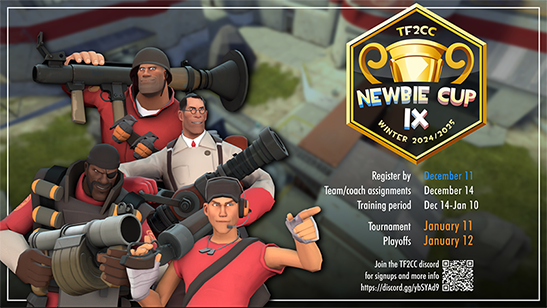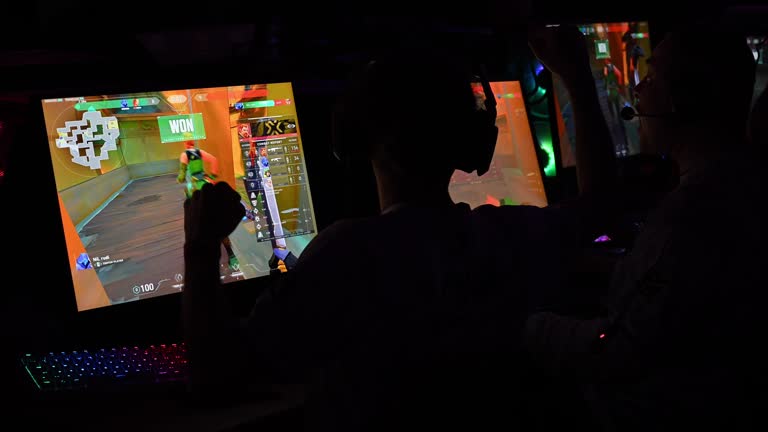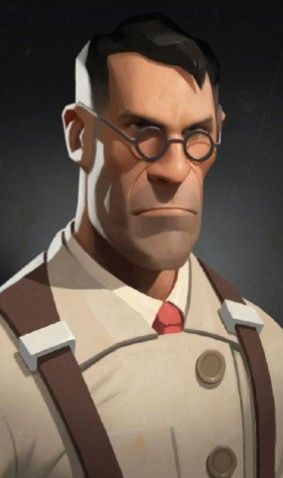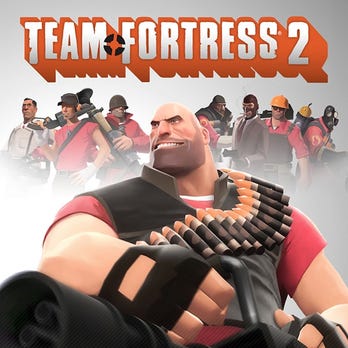The North American TF2 Competitive Scene: A Resurgence Fueled by RGL Ah, Team Fortress 2.

Ah, Team Fortress 2. The hats, the taunts, the sheer chaotic beauty of it all. I'm UberReady, but most folks know me as MedicMain4Life – software engineer by day, pocket Medic extraordinaire by night (and weekends, and frankly, sometimes during meetings). Been slinging Ubers since '07, back when ESEA was king, compLexity and Classic Mixup were gods, and the future of competitive TF2 seemed brighter than a Kritzkrieg boosted Heavy. Those were the days. But things change, and sometimes, they change for the worse.
The Void Left Behind: Where Did All The Pros Go?
Let's be honest, the decline of official support from Valve stung. Hard. Years of dedication, countless hours spent perfecting rollouts, honing my Medic skills, all felt… diminished. ESEA imploded, and the big leagues faded away. It felt like the Team Fortress 2 competitive NA scene was being abandoned. We, the die-hards, the Ubersaw-wielding lunatics, were left to wander in a desolate landscape, wondering if our beloved game would ever see the light of day again. I saw teams dissolve, friendships strained, and many players drift away to other, greener, pastures (read: Overwatch). The frustration was palpable. Why, Valve, why? Is Team Fortress 2 competitive still alive? Thankfully, the answer is yes.
RGL Steps Up: A Beacon of Hope for the North American TF2 Leagues
Enter RGL.gg. Formerly UGC, RGL has stepped up to fill the void, providing a much-needed lifeline for the North American TF2 esports North America community. They've poured their heart and soul into creating a structured league and tournament system, giving players a place to compete, improve, and keep the competitive spirit alive. RGL, short for "Raid Gaming League," may not have the multi-million dollar prize pools of other esports, but what it lacks in monetary reward, it more than makes up for in passion and dedication.
RGL offers multiple divisions, ensuring players of all skill levels have a place to call home. From the elite Invite division to Advanced, Main, Intermediate, Open, and even Amateur, there's a tier for everyone. This tiered system allows players to climb the ranks, hone their skills, and experience the thrill of competitive TF2, regardless of their starting point. What is RGL.gg? It's more than just a league; it's a community.

- Invite: The best of the best. This is where you'll see the top teams in North America battle it out.
- Advanced: Highly skilled players looking to break into the Invite scene.
- Main: Solid teams with good coordination and a strong understanding of the game.
- Intermediate: A great place for newer teams to develop their skills and strategies.
- Open: The entry point for anyone looking to get their feet wet in competitive TF2.
- Amateur: A beginner friendly league designed for those completely new to the game.
I'm not going to name specific RGL organizers here, but they know who they are. They’re the unsung heroes who dedicate countless hours to keeping this scene alive, often with minimal recognition.
UGC History
How did UGC become RGL? UGC, or United Gaming Clans, was one of the first major competitive leagues for Team Fortress 2. As time went on it needed new management and became RGL.
Challenges and Triumphs: The Rollercoaster of RGL TF2
It hasn't all been smooth sailing. RGL has faced its fair share of challenges. Securing funding is always a hurdle, attracting new players to a game that's over a decade old is an uphill battle, and maintaining a consistently high level of competition requires constant effort. Why did Valve stop supporting competitive TF2? That's a question for the ages, but its impact is undeniable.
But amidst the challenges, there have been triumphs. Teams have risen through the ranks, defying expectations and showcasing the potential for growth within the RGL system. I've seen Open teams transform into Main contenders, and Main teams challenge the established order in Advanced. These success stories are a testament to the dedication of the players and the effectiveness of RGL's structure.
Remember that time in RGL Season 7 when "Team A" (name changed to protect the innocent) upset "Team B" with a last-minute capture on Granary? Good times. The chat exploded, the casters went wild, and for a brief moment, everything felt right in the world of TF2.
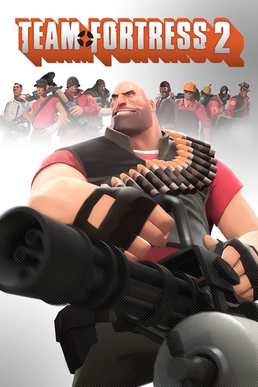
The Future of TF2 Esports: A Glimmer of Hope
So, what does the future hold for TF2 esports? I'm cautiously optimistic. The passion within the community is undeniable, and with RGL's continued support, there's potential for continued growth. The key, of course, is attracting new players and viewers. We need to showcase the excitement, the strategy, and the sheer fun of competitive TF2 to a new generation. What is the future of competitive TF2 in North America? It's up to us to build it. How do I join a competitive TF2 team? The first step is to get involved!
Attracting new players is also important. Is competitive Team Fortress 2 worth playing in 2024? Absolutely!
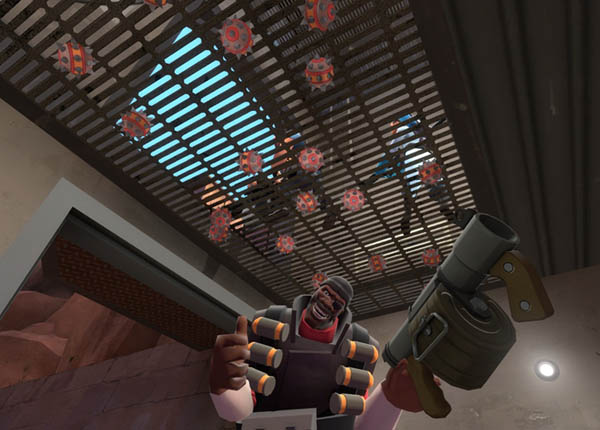
A Call to Arms (and Ubers): Let's Keep TF2 Alive
Despite the ups and downs, the frustrations and the occasional server crash, the TF2 community's love for the game remains unwavering. We're a stubborn bunch, refusing to let our beloved game fade into obscurity. The competitive TF2 revival is happening, right now, and it's being fueled by the passion of players and the dedication of organizations like RGL.gg.
So, what can you do? Simple. Check out RGL.gg. Watch a match, sign up for a division, or just spread the word. Let's show the world that Team Fortress 2 is not dead. It's alive, kicking, and ready for another Ubercharge. Now, if you'll excuse me, I have a Heavy to pocket. Uber Ready!
